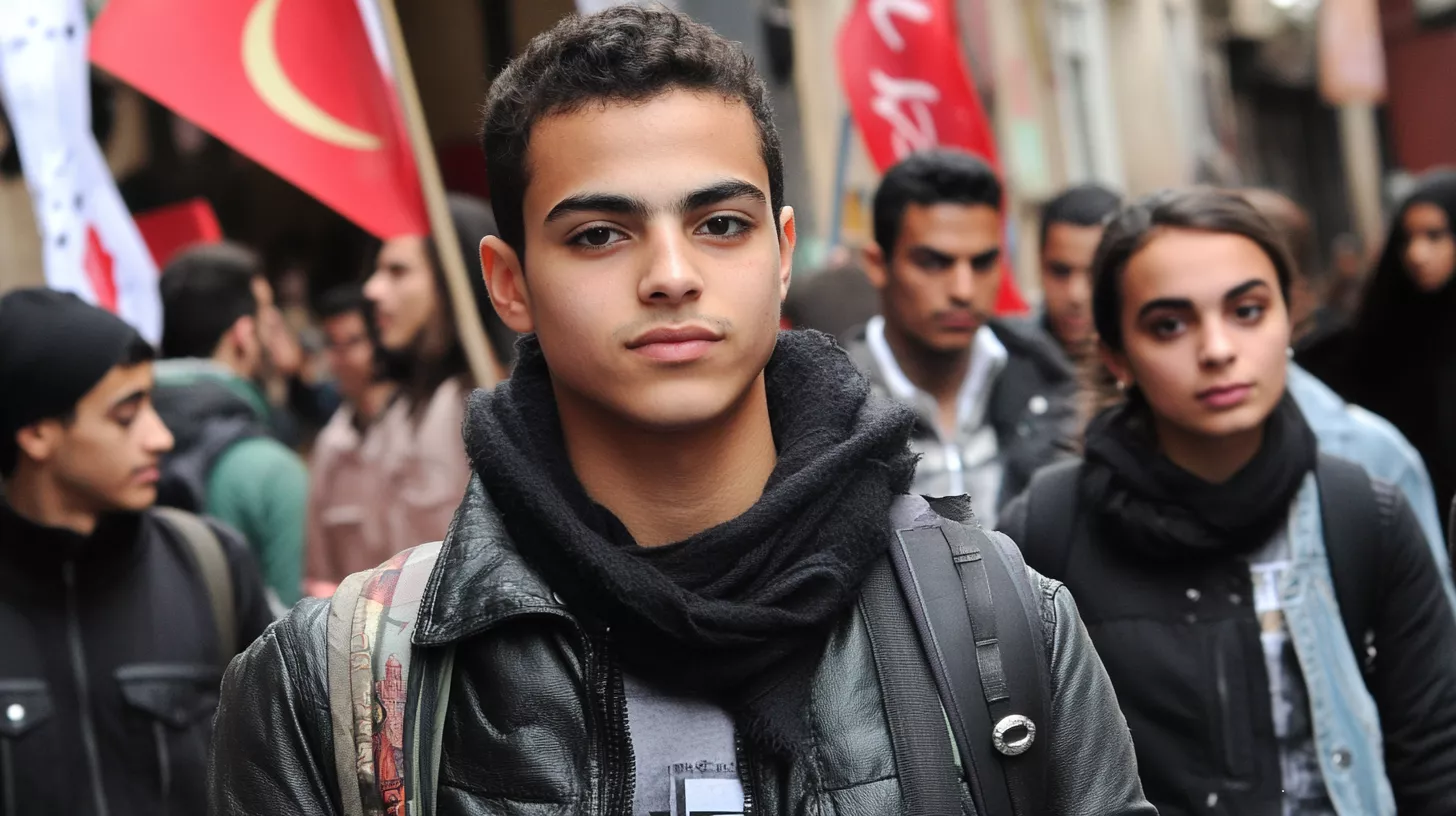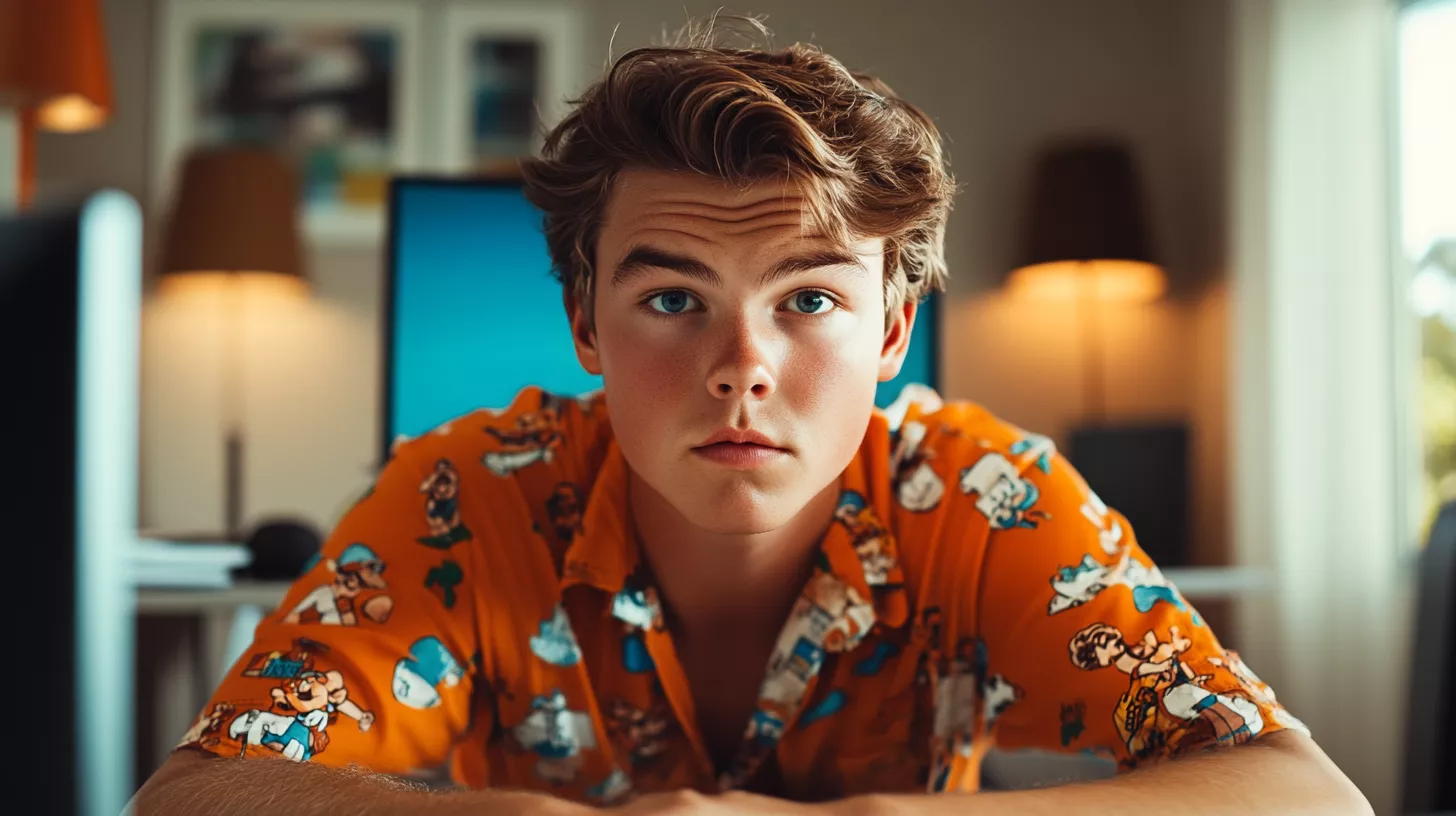The Great lock-In: Why Gen Z is turning inward

Written by Benoit Vancauwenberghe, leading expert on Generation Z in Europe
I spend most of my days observing how this generation moves — fast, connected, restless, and unpredictable. But lately, I’ve noticed something new: a kind of stillness.
On TikTok and YouTube, millions of young people are declaring a “lock-in.” They call it Monk Mode, Winter Arc, Hard 75, and No Scroll September. Behind the hashtags is the same pattern: a generation choosing silence, discipline, and control in a world that feels out of control. As a researcher, I call it a quiet revolt. As an observer of Gen Z, I call it self-protection disguised as structure.
When control becomes the new freedom
Gen Z has grown up inside uncertainty — climate anxiety, economic pressure, endless digital noise. When you can’t control the world, you start by controlling your routine.
That’s why “lock-in culture” isn’t isolationist; it’s strategic. It’s a collective pause where young people test small systems that make them feel safe: early mornings, water bottles, planners, gym challenges, meditation streaks. They are building micro-stability inside macro-chaos.
A Generation of self-repair
Every generation has its survival code. Boomers had institutions. Gen X had rebellion. Millennials had optimism. Gen Z has systems. Their rebellion isn’t loud; it’s logistical. They make spreadsheets instead of slogans, playlists instead of manifestos. They track their sleep the way others tracked ideology, because rest itself has become resistance.
Psychologists call this “performative regulation”: using ritual and routine as a way to manage anxiety in an overstimulated world. But behind it lies something profoundly social, a shared language of healing. When they post their lock-in journeys, they’re not bragging. They’re finding community in boundaries.
The sociology of stillness
This isn’t the first time youth have retreated to find clarity. The Beat Generation sought freedom in isolation; the post-war years had monasteries and communes; even May ’68 was followed by a back-to-the-land movement.
But what’s different today is the digital visibility of introspection.
Gen Z performs privacy publicly. They share solitude in real time. The paradox is beautiful: they need to be seen to feel invisible for a while. And while earlier youth movements fought institutions, this one fights fatigue, mental, emotional, and informational.
The Lock-In and the Walk-Out
If you look closer, the “great lock-in” isn’t just about staying home; it’s a generational signal. Across Western societies, millions of young people are retreating inward, not out of apathy but as an act of repair. It’s a quiet rebellion against burnout, chaos, and constant noise. They build resilience from the inside out, through discipline, solitude, journaling, fitness, or slow living. Their courage is invisible, but deliberate.
Elsewhere, courage takes a louder form. In Morocco, movements like Gen Z 212 express that same refusal to give up not by retreating, but by standing up. They speak, protest, create, and question power. They repair the world from the outside in. Different contexts, same root: the refusal to surrender to helplessness. Whether it’s turning inward to heal or stepping out to change, both are responses to the same generational tension, a search for control in a world that often feels uncontrollable. Some lock in. Others walk out. Many now learn to do both.
What we’re witnessing
As a generational researcher, I see this not as withdrawal but recalibration. Gen Z is teaching us that activism can look like protest or like peace. They are learning that in an age of overload, the radical act is sometimes rest. Their message isn’t “I’m tired.” It’s “I’m resetting.”
FAQ
A Gen Z trend where young people embrace solitude, structure, and self-discipline to regain control in an unstable world.
Rising anxiety, digital fatigue, and economic pressure make control comforting. The “lock-in” gives purpose where chaos feels constant.
Past generations fought institutions; Gen Z fights overstimulation. Their protest is introspection.
It’s empowerment through rest — a strategic pause that rebuilds focus, identity, and emotional stability.
We’ll bring the insights you bring the questions
At 20something, we believe that understanding the next generation is like holding a key to the future. It’s not just about empathy; it’s about unlocking transformative opportunities that will reshape your culture and fuel sustainable growth. We help HR leaders and forward-thinking executives turn that key.
You may also like these articles
Explore our collection of articles decoding youth culture, Gen Z, and Gen Alpha.





